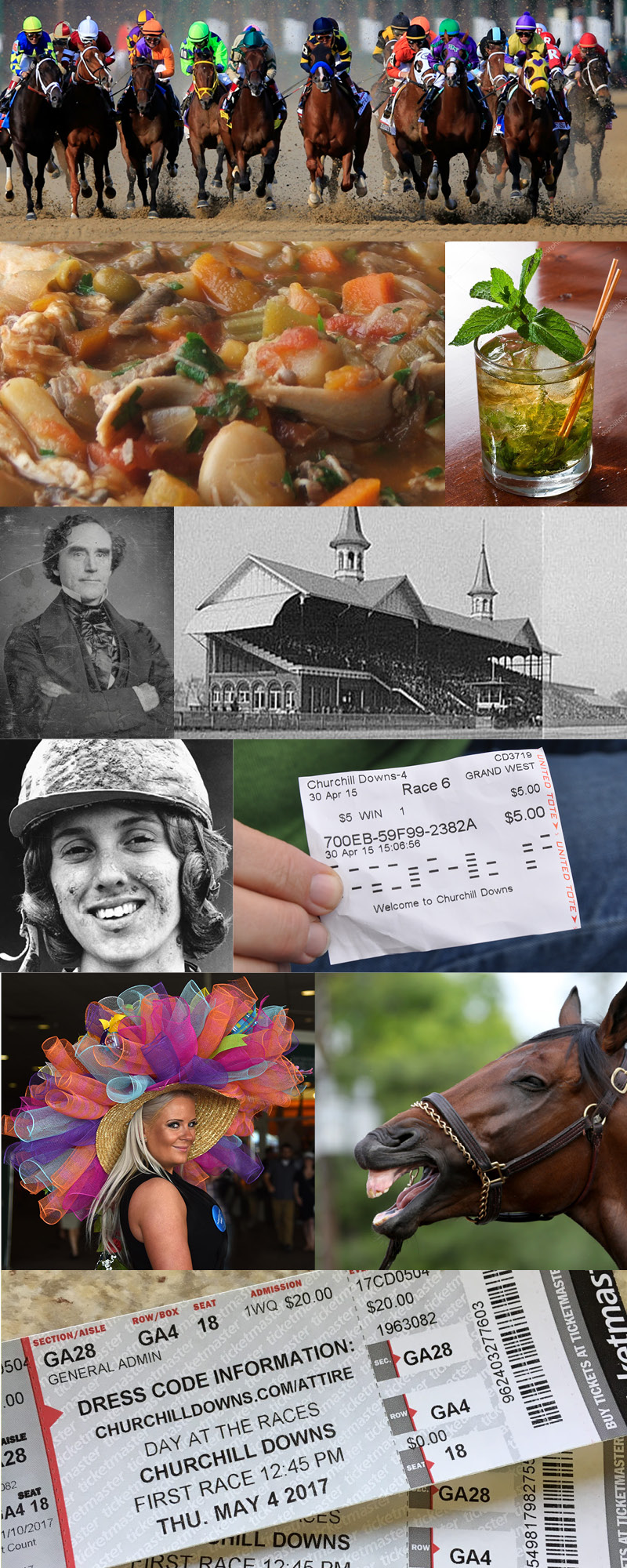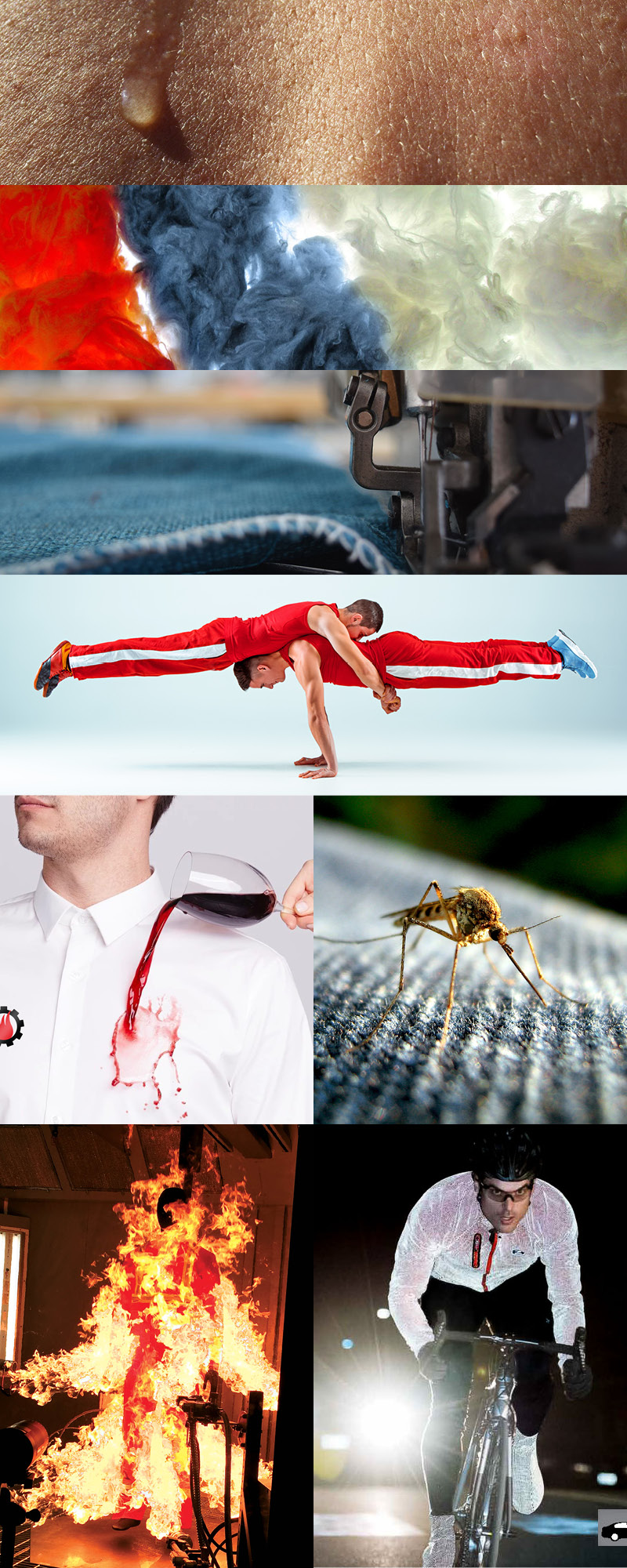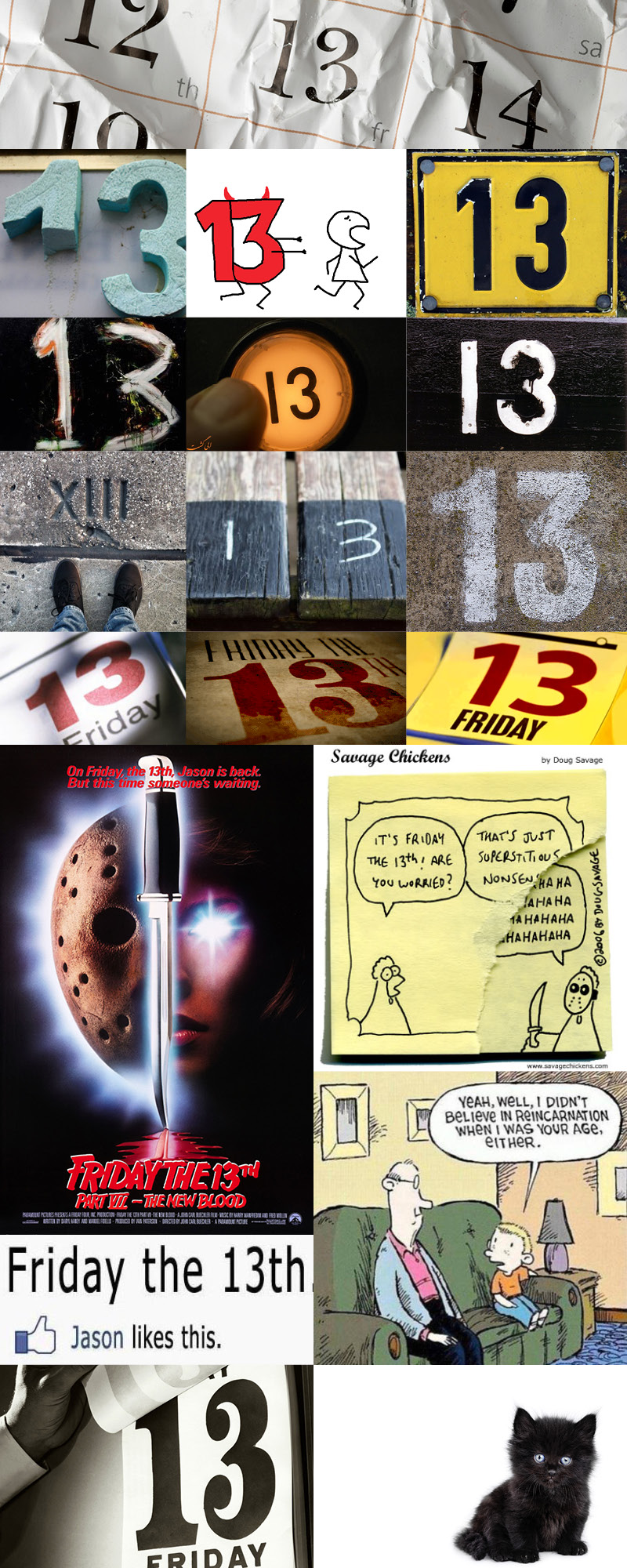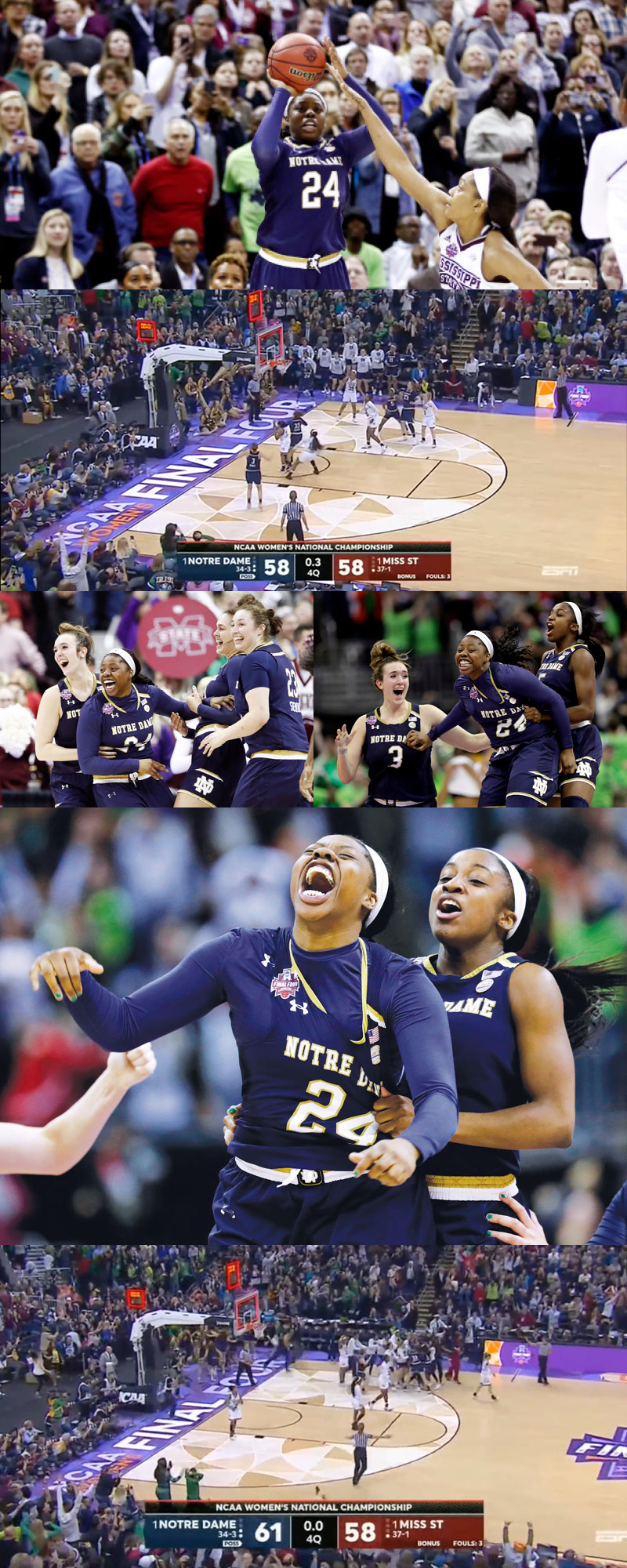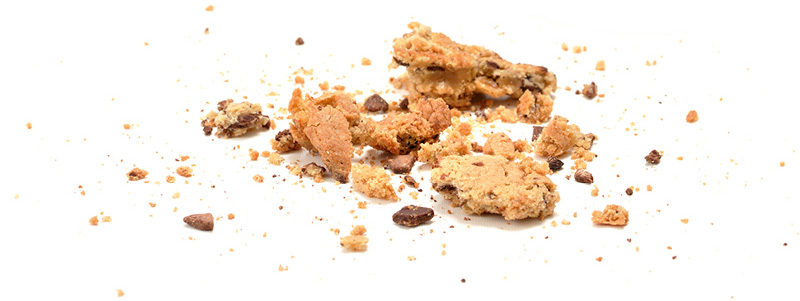We Salute You

To those in uniform serving today and to those who have served in the past, we honor you today and every day.
With Memorial Day coming on Monday, I get all fired up. For me, there’s nothing quite like a parade. Colors, sounds, crowds, floats, marching, music, and sometimes candy for the kids. Growing up, I loved going to the parade with Mom and Dad and my brothers and sisters. – We’d ride our bikes and set up on “a good spot” so we could see everything up close. I can remember my siblings marching in place when the bands came, and how solemn my Dad would get when the servicemen would march by. And there was that special moment when I’d “salute” them, putting my hand to my head, just like the adults did. Now, later in life, this means so much more to me. Words come to mind, like sacrifice, commitment, camaraderie, valor, and honor – all words we hold dear, and most often apply to the military and the protections from fire and police.
So, in our KHT way – WE SALUTE YOU! For all you do, and for all you’ve done.
For my trivia buffs, a little extra info on the salute from our friends at Wikipedia – so the next time you use one, you’ll know just how meaningful and important it is. Enjoy.
- In military traditions of various times and places, there have been numerous methods of performing salutes, using hand gestures, cannon or rifle shots, hoisting of flags, removal of headgear, or other means of showing respect or deference.
- In the Commonwealth of Nations, only commissioned officers are saluted, and the salute is to the commission they carry from their respective commanders-in-chief representing the Monarch, not the officers themselves.
- In the United States Navy, United States Marine Corps, United States Coast Guard, United States Public Health Service Commissioned Corps, and other armed forces around the world, hand salutes are only given when a cover (protection for the head, usually a hat) is worn.
- The United States Army and United States Air Force give salutes both covered and uncovered, but saluting indoors is forbidden except when formally reporting to a superior officer or during an indoor ceremony. It should be noted that when outdoors, a cover is to be worn at all times when wearing Battle Dress Uniforms/Army Combat Uniforms, but is not required when wearing physical training gear.
- Some soldiers may salute with the left hand when the right hand is encumbered in some way (though it is rare).
- In the United States, civilians may salute the U.S. flag by placing their right hand over their heart or by standing at attention during the playing of the national anthem or while reciting the U.S. Pledge of Allegiance, or when the flag is passing by, as in a parade. Men and boys remove their hats and other headgear during the salute; religious headdress (and military headdress worn by veterans in uniform, who are otherwise civilians) are exempt.
- According to some modern military manuals, the modern Western salute originated in France when knights greeted each other to show friendly intentions by raising their visors to show their faces, using a salute. Others also note that the raising of one’s visor was a way to identify oneself saying “This is who I am, and I am not afraid.” Medieval visors were, to this end, equipped with a protruding spike that allowed the visor to be raised using a saluting motion.
- The US Army Quartermaster School provides another explanation of the origin of the hand salute: that it was a long-established military custom for subordinates to remove their headgear in the presence of superiors. As late as the American Revolution, a British Army soldier saluted by removing his hat. With the advent of increasingly cumbersome headgear in the 18th and 19th centuries, however, the act of removing one’s hat was gradually converted into the simpler gesture of grasping or touching the visor and issuing a courteous salutation.
- As early as 1745, a British order book stated that: “The men are ordered not to pull off their hats when they pass an officer, or to speak to them, but only to clap up their hands to their hats and bow as they pass.” Over time, it became conventionalized into something resembling our modern hand salute.
- The naval salute, with the palm downwards is said to have evolved because the palms of naval ratings, particularly deckhands, were often dirty through working with lines and was deemed insulting to present a dirty palm to an officer; thus the palm was turned downwards.
- When carrying a sword (beautifully heat treated of course), European military forces and their cultural descendants use a two-step gesture. The sword is first raised, in the right hand, to the level of and close to the front of the neck. The blade is inclined forward and up 30 degrees from the vertical; the true edge is to the left. Then the sword is slashed downward to a position with the point close to the ground in front of the right foot. The blade is inclined down and forward with the true edge to the left. This gesture originated in the Crusades. The hilt of a sword formed a cross with the blade, so if a crucifix was not available, a Crusader could kiss the hilt of his sword when praying, before entering battle, for oaths and vows, and so on. The lowering of the point to the ground is a traditional act of submission.
- When armed with a rifle, two methods are available when saluting. The usual method is called “present arms”; the rifle is brought to the vertical, muzzle up, in front of center of the chest with the trigger away from the body. Less formal salutes include the “order arms salute” and the “shoulder arms salutes.” These are most often given by a sentry to a low-ranking superior who does not rate the full “present arms” salute.
- A different type of salute with a rifle is a ritual firing performed during military funerals, known as a three-volley salute. In this ceremonial act, an odd number of rifleman fire three blank cartridges in unison into the air over the casket. This originates from an old European tradition wherein a battle was halted to remove the dead and wounded, then three shots were fired to signal readiness to reengage.
- The custom of firing cannon salutes originated in the Royal Navy. When a cannon was fired, it partially disarmed the ship, so needlessly firing a cannon showed respect and trust. As a matter of courtesy a warship would fire her guns harmlessly out to sea, to show that she had no hostile intent. At first, ships were required to fire seven guns, and forts, with their more numerous guns and a larger supply of gunpowder, to fire 21 times. Later, as the quality of gunpowder improved, the British increased the number of shots required from ships to match the forts.
- The system of odd numbered rounds originated from Samuel Pepys, Secretary to the Navy in the Restoration, as a way of economizing on the use of powder, the rule until that time having been that all guns had to be fired. Odd numbers were chosen, as even numbers indicated a death.
- As naval customs evolved, the 21-gun salute came to be reserved for heads of state, with fewer rounds used to salute lower-ranking officials. Today, heads of government, cabinet ministers, and military officers with five-star rank receive 19 rounds; four-stars receive 17 rounds; three-stars receive 15; two-stars receive 13; and a one-star general or admiral receives 11. These same standards are currently adhered to by ground-based saluting batteries.
- A specialty platoon of the 3rd US Infantry Regiment (The Old Guard), the Presidential Salute Battery is based at Fort Myer, Virginia. The Guns Platoon (as it is known for short) has the task of rendering military honors in the National Capital Region..
- A ceremonial or celebratory form of aerial salute is the flypast (known as a “flyover” in the United States. Primarily displayed during funerals, they began with simple flypasts during World War I and have evolved into the missing man formation, where either a formation of aircraft is conspicuously missing an element, or where a single plane abruptly leaves a formation. A casual salute by an aircraft, somewhat akin to waving to a friend, is the custom of “waggling” the wings by partially rolling the aircraft first to one side, and then the other.
- Historically, when men normally wore hats out of doors, male greetings to people they knew, and sometimes those they did not, involved touching, raising slightly (“tipping”), or removing their hat in a variety of gestures. This basic gesture remained normal in very many situations from the Middle Ages until men typically ceased wearing hats in the mid-20th century.
- Hat-raising began with an element of recognition of superiority, where only the socially inferior party might perform it, but gradually lost this element; King Louis XIV of France made a point of at least touching his hat to all women he encountered. When a man was not wearing a hat he might touch his hair to the side of the front of his head to replicate a hat tipping gesture. This was typically performed by lower class men to social superiors, such as peasants to the land-owner, and is known as “tugging the forelock”.
- In Europe, the formal style of upper-class greeting used by a man to a woman in the Early Modern Period was to hold the woman’s presented hand (usually the right) with his right hand and kiss it while bowing, This style has not been widespread for a century or more. In cases of a low degree of intimacy, the hand is held but not kissed. The ultra-formal style, with the man’s right knee on the floor, is now only used in marriage proposals, as a romantic gesture.



